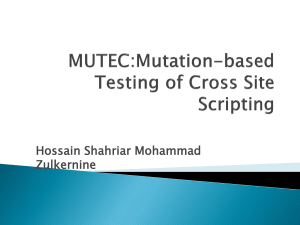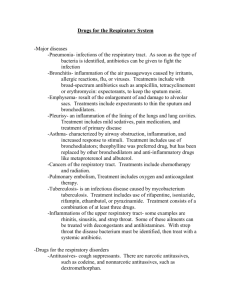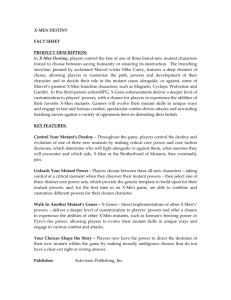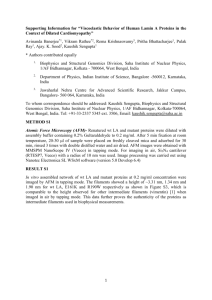Analysis of linear respiratory chain mutant strains of Escherichia coli
advertisement
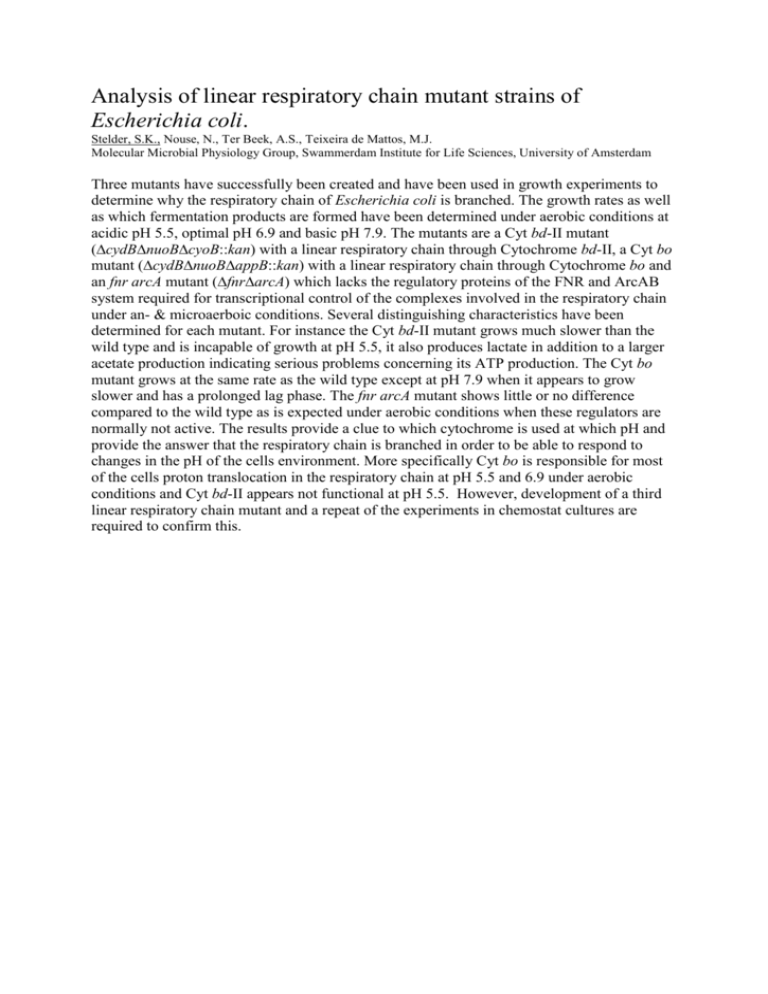
Analysis of linear respiratory chain mutant strains of Escherichia coli. Stelder, S.K., Nouse, N., Ter Beek, A.S., Teixeira de Mattos, M.J. Molecular Microbial Physiology Group, Swammerdam Institute for Life Sciences, University of Amsterdam Three mutants have successfully been created and have been used in growth experiments to determine why the respiratory chain of Escherichia coli is branched. The growth rates as well as which fermentation products are formed have been determined under aerobic conditions at acidic pH 5.5, optimal pH 6.9 and basic pH 7.9. The mutants are a Cyt bd-II mutant (∆cydB∆nuoB∆cyoB::kan) with a linear respiratory chain through Cytochrome bd-II, a Cyt bo mutant (∆cydB∆nuoB∆appB::kan) with a linear respiratory chain through Cytochrome bo and an fnr arcA mutant (∆fnr∆arcA) which lacks the regulatory proteins of the FNR and ArcAB system required for transcriptional control of the complexes involved in the respiratory chain under an- & microaerboic conditions. Several distinguishing characteristics have been determined for each mutant. For instance the Cyt bd-II mutant grows much slower than the wild type and is incapable of growth at pH 5.5, it also produces lactate in addition to a larger acetate production indicating serious problems concerning its ATP production. The Cyt bo mutant grows at the same rate as the wild type except at pH 7.9 when it appears to grow slower and has a prolonged lag phase. The fnr arcA mutant shows little or no difference compared to the wild type as is expected under aerobic conditions when these regulators are normally not active. The results provide a clue to which cytochrome is used at which pH and provide the answer that the respiratory chain is branched in order to be able to respond to changes in the pH of the cells environment. More specifically Cyt bo is responsible for most of the cells proton translocation in the respiratory chain at pH 5.5 and 6.9 under aerobic conditions and Cyt bd-II appears not functional at pH 5.5. However, development of a third linear respiratory chain mutant and a repeat of the experiments in chemostat cultures are required to confirm this.






